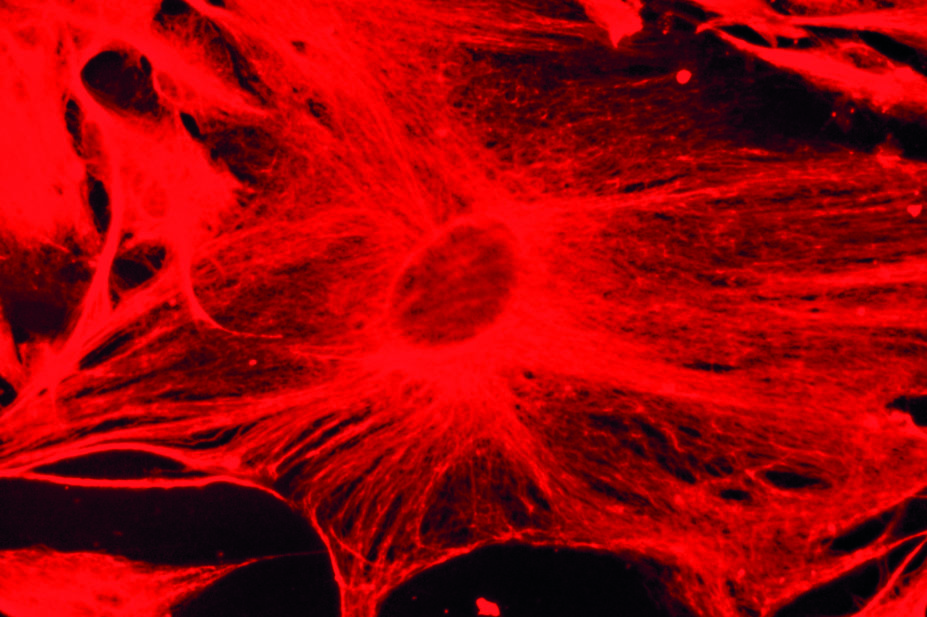
Dennis Kunkel Microscopy / Science Photo Library
Huntington’s disease is a slow, progressive neurodegenerative disorder caused by CAG repeat expansions in the HTT gene. No proven disease-modifying treatments currently exist.
Researchers carried out a retrospective analysis of carriers of the HTT mutation versus controls to investigate whether neurofilament light protein (NfL) in plasma could act as a prognostic marker of neurodegeneration and disease progression for Huntington’s disease.
They found that at baseline, concentrations of NfL in plasma were significantly higher in HTT mutation carriers than in controls (3.63 [SD 0.54] log pg/mL vs 2.68 [0.52] log pg/mL, P<0.0001). In addition, concentrations of NfL increased with advancing disease and with increasing CAG triplet repeat counts.
Reporting in The Lancet Neurology
[1]
(online, 7 June 2017), the researchers conclude that NfL concentrations in plasma offer a rapid and accessible means of assessing and predicting neuronal damage in people with Huntington’s disease and could have a potential role in facilitating the development of novel disease-modifying therapeutics and guiding treatment decisions in future.
References
[1] Byrne L, Rodrigues F, Blennow K et al. Neurofilament light protein in blood as a potential biomarker of neurodegeneration in Huntington’s disease: a retrospective cohort analysis. Lancet Neurol 2017. doi: 10.1016/S1474-4422(17)30124-2


